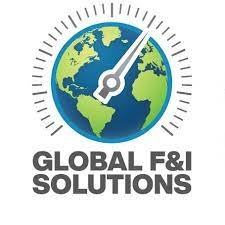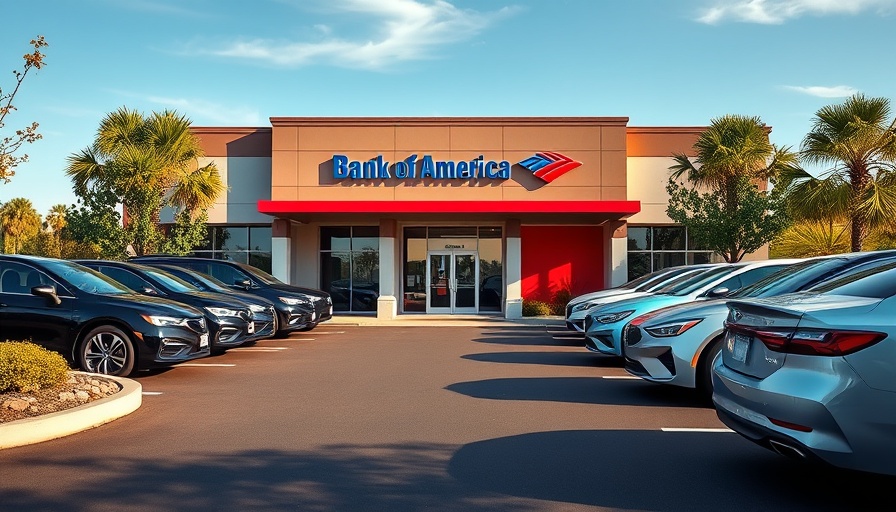
New Vehicle Prices: A Temporary Stability Amidst Uncertainty
In the competitive landscape of the automotive industry, new vehicle prices remain a point of contention and focus. Recent reports indicate that the average transaction price (ATP) for new vehicles has hit a slight dip, reaching $48,799 in May, an encouraging stability amidst fears of rising auto tariffs. This stability stands in contrast to prior months, hinting at a market grappling with varying consumer pressures and strategic decisions from automakers.
Impact of Tariffs on Pricing Strategies
Auto tariffs pose a significant risk for consumers, threatening potential price hikes and making vehicle affordability a pressing concern. According to Erin Keating, Executive Analyst at Cox Automotive, while prices are holding remarkably steady now, the anticipated inflationary impact of tariffs looms. Some analysts speculate that higher costs may hit by summer, creating a perfect storm for dealer profitability.
Vehicle Incentives and the MSRP Landscape
As price stability is being challenged, manufacturers are adjusting their approach to incentives. The average incentive rose slightly to 6.8 percent of ATP, reflecting varying strategies among automakers. Notably, brands like Toyota increased incentives to enhance consumer interest, emphasizing the fluid nature of dealership sale tactics. Meanwhile, the average Manufacturer’s Suggested Retail Price (MSRP) reported at $50,968 indicates a gradual increase, reinforcing the complexity of the current market dynamics.
Current Market Segments and Trends
Compact SUVs continue to dominate sales, mirroring consumer preferences in the new vehicle market. Holding an average price of $36,515, this segment highlights minimal month-to-month fluctuations, suggesting stability even in a shifting landscape. However, industry observers warn that the interplay between rising MSRP and fluctuating demand will test dealership strategies in the coming months.
Forecasting the Future: What Lies Ahead?
As we look toward the future of the automotive market, predicting price shifts can be complex. With ongoing discussions around tariffs and economic indicators, dealerships must remain agile and prepared for changing consumer behavior. Some experts believe that maintaining transparency and adapting financing offerings, such as refinancing auto loans or providing low interest rate options, could be crucial when consumer confidence wavers.
Decisions for Dealers: Navigating Complexity
For dealership principals and general managers, the current environment necessitates a keen understanding of how to navigate through rising costs without alienating customers. Offering valuable financing solutions like used car loans with competitive rates could mitigate the impact of changing transaction prices while ensuring they retain a loyal customer base.
In an environment threatened by tariffs and rising auto prices, staying informed about used car interest rates and understanding financing options is key. As dealers strategize around these variables, utilizing tools such as used car loan calculators could empower them to offer better financing experiences for clients, even if overall vehicle prices rise.
 Add Row
Add Row  Add
Add 




Write A Comment